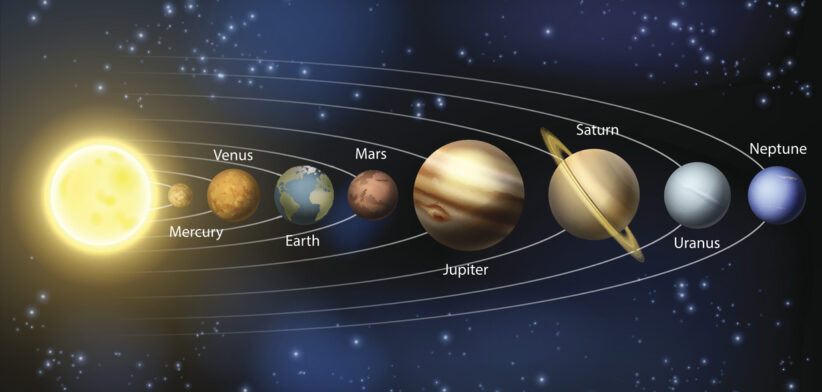Astronomers have found “tentative evidence” of another large planet at the edge of the solar system.
In an article published earlier this week, astrophysicist Brian Koberlein said no other large planets had been discovered in the solar system since Neptune in 1846.
However, evidence had emerged of an “odd bit of orbital clustering” around dwarf planets at the far reaches of the system. This could suggest an undiscovered Planet X is “lurking out there”.
“The orientation of their orbits isn’t as randomly distributed as we’d expect, which could be caused by the small gravitational tugs of a super-Earth at the edge of the solar system,” Dr Koberlein wrote.
“If we assume that is the solution to the orbital bias, then there could be a five-Earth-mass planet orbiting 10 times farther from the sun than Neptune.”
Pluto was discovered in 1930 but in 2006 it was demoted to “dwarf planet” status and no longer regarded as the ninth planet of the solar system.
Astronomers have discovered other dwarf planets beyond Pluto, but nothing as large as the eight main planets.
Dr Koberlein said astronomers had searched for Planet X but so far had found nothing.
“This has led some to speculate that Planet X might be a primordial black hole, while more sceptical minds argue it must not exist,” he said. “The evidence just isn’t that strong, and there are other possible explanations for the clustering.”
A new paper posted to the arXiv site argues for fresh ways to gather evidence of the possible planet.
The authors propose building 200 40cm telescopes spaced 5km apart to create an occultation array 1000km wide.
They argue this process over 10 years should be able to establish clearly whether Planet X exists.
The article is on the phys.org website.








